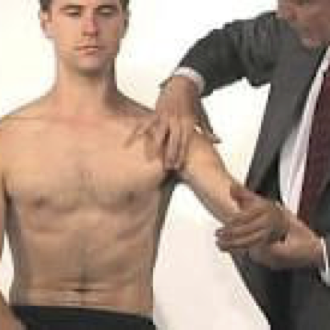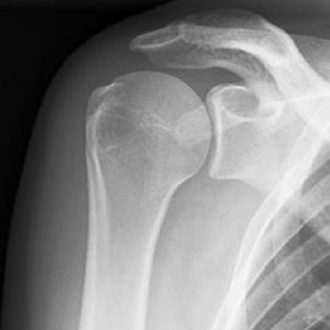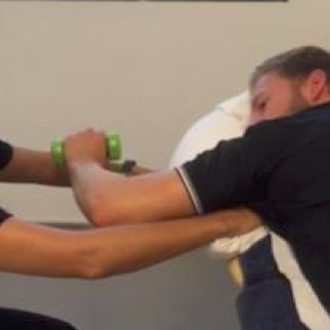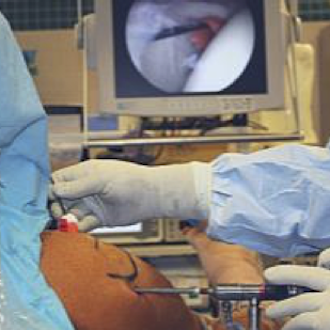Patient Fact Sheet
Shoulder pain can be the result of a variety of conditions including:
(i) Referred or related to another cause (e.g. from the cervical, thoracic, abdominal regions, neural and vascular tissues).
(ii) Primarily related to a stiff shoulder (e.g. frozen shoulder, osteoarthritis, locked dislocation, neoplasm-such as osteosarcoma).
(iii) Shoulder instability.
(iv) Soft tissues (e.g. rotator cuff, bursa).
(v) A combination of the above.
Correct treatment requires careful assessment and diagnosis.
A very common cause of shoulder pain, particularly as we get older, relates to tear and sprain so the rotator cuff tendons.
Rotator Cuff Related Shoulder Pain
Rotator cuff related pain such as tendinopathy and impingement or rotator cuff tears are common in the general community.
Once other causes of shoulder pain have been excluded, a well-structured rehab program can produce equivalent overall outcomes when compared to surgery for patients with subacromial impingement syndrome/RC tendinopathy or tears.
That is not to say the surgery is never needed. The reality is that many (probably most) patients will get better with a correct rehab program, and thus avoid the need for surgery. Those that remain symptomatic, will have a stronger and more mobile shoulder that is likely to recover more predictably should they proceed to surgery.
The correct rehab program includes relative rest, modification of painful activities, an exercise strategy that strengthens the weak rotator muscles but does not exacerbate pain, controlled reloading and gradual progression from simple to complex shoulder movements.
A plain x-ray is the most useful primary investigation for shoulder pain and will provide important information on many conditions including arthritis, instability and indicators of the chronicity of the possible cuff tear. Asymptomatic partial and full thickness rotator cuff thickness tears have been reported in 50% of people in their seventh decade and in 80% of people over 80 years of age, so finding a tear of an ultrasound is often of no relevance – and a bit waste of money!
Further, the size or presence of a tear on Ultrasound or MRI correlates poorly with symptoms and prognosis, so rarely is specific treatment solely or substantially determined by the findings on scans.
Steroid injections can provide some temporary relief, but are not a “quick fix” and can cause softening and further tearing to the tendons. There are lots of other treatment options, such as shock wave therapy, stem cell injections and plasma injections. None of these has shown benefit consistently in scientific studies so don’t be fooled by the unproven claim. The concern is that some of these treatments can actually make you worse, and can be quite expensive for no benefit.
Education is an essential component of rehabilitation and attention to lifestyle factors (smoking cessation, nutrition, stress, and sleep management) may enhance the outcome.
If the patient fails to improve with rehab, a surgical referral is appropriate.
However, there is very little evidence that a tear, particularly one that is not painful will progress to arthritis.
However, a painful shoulder should be treated to improve comfort and function.






